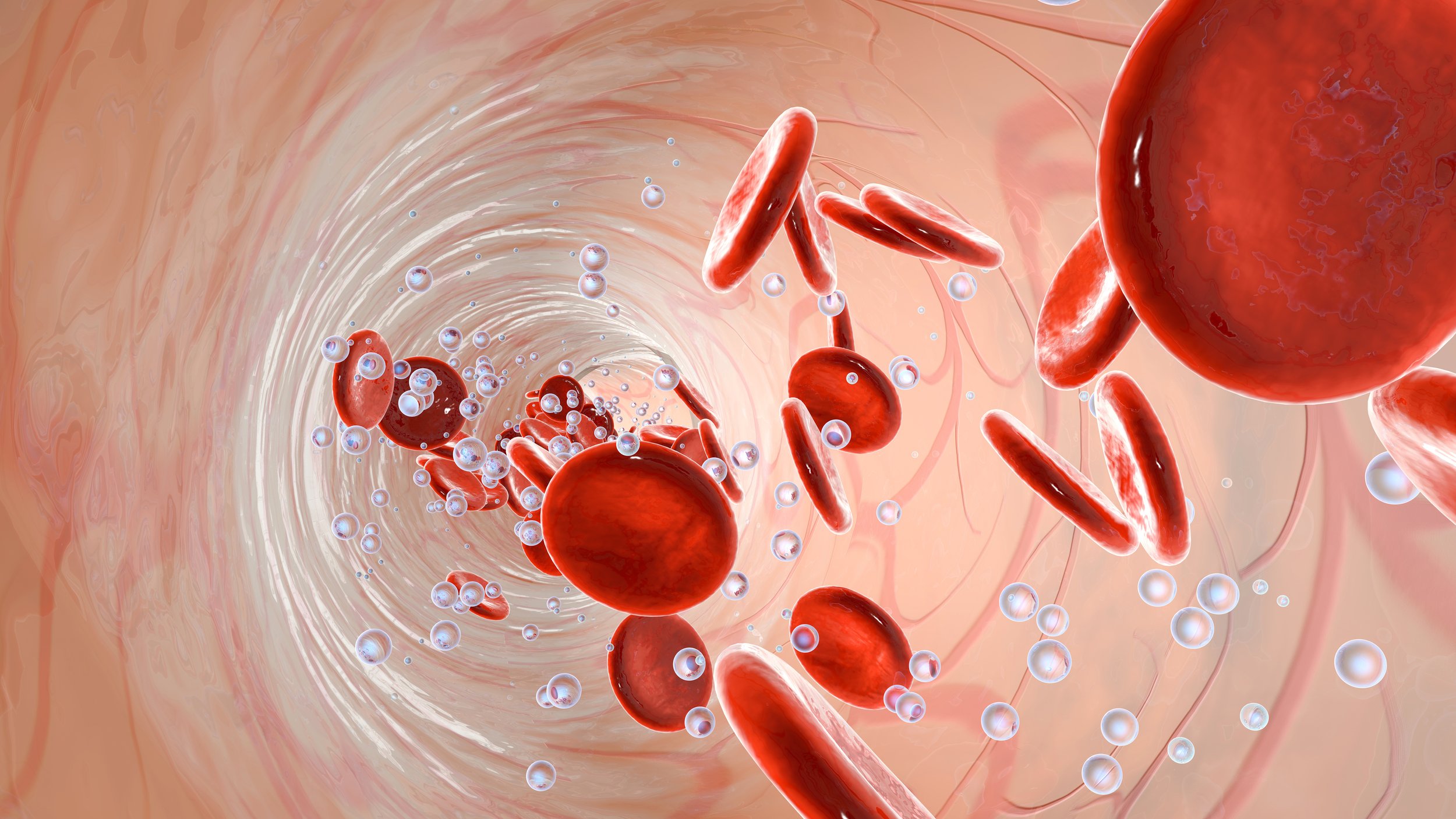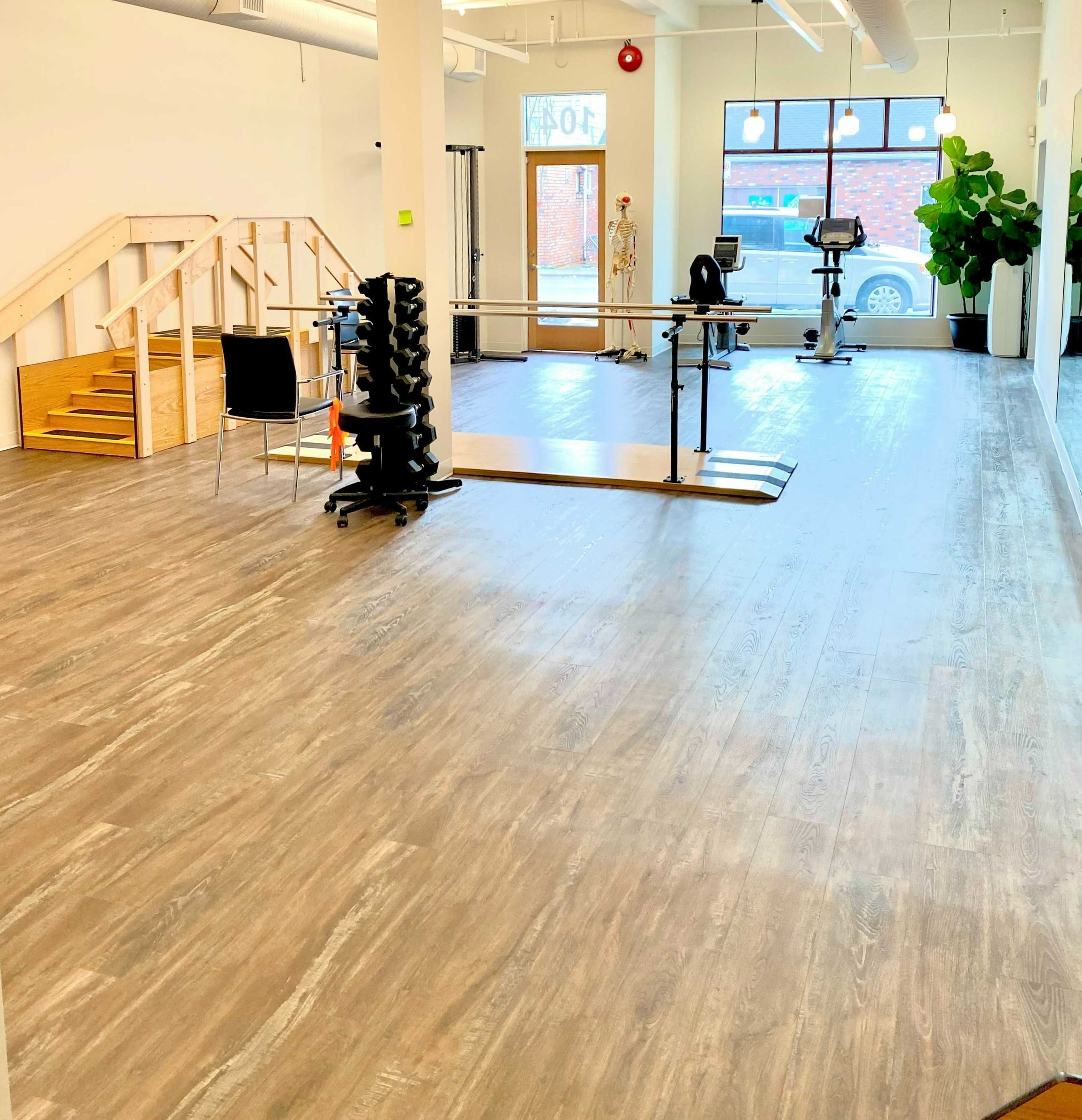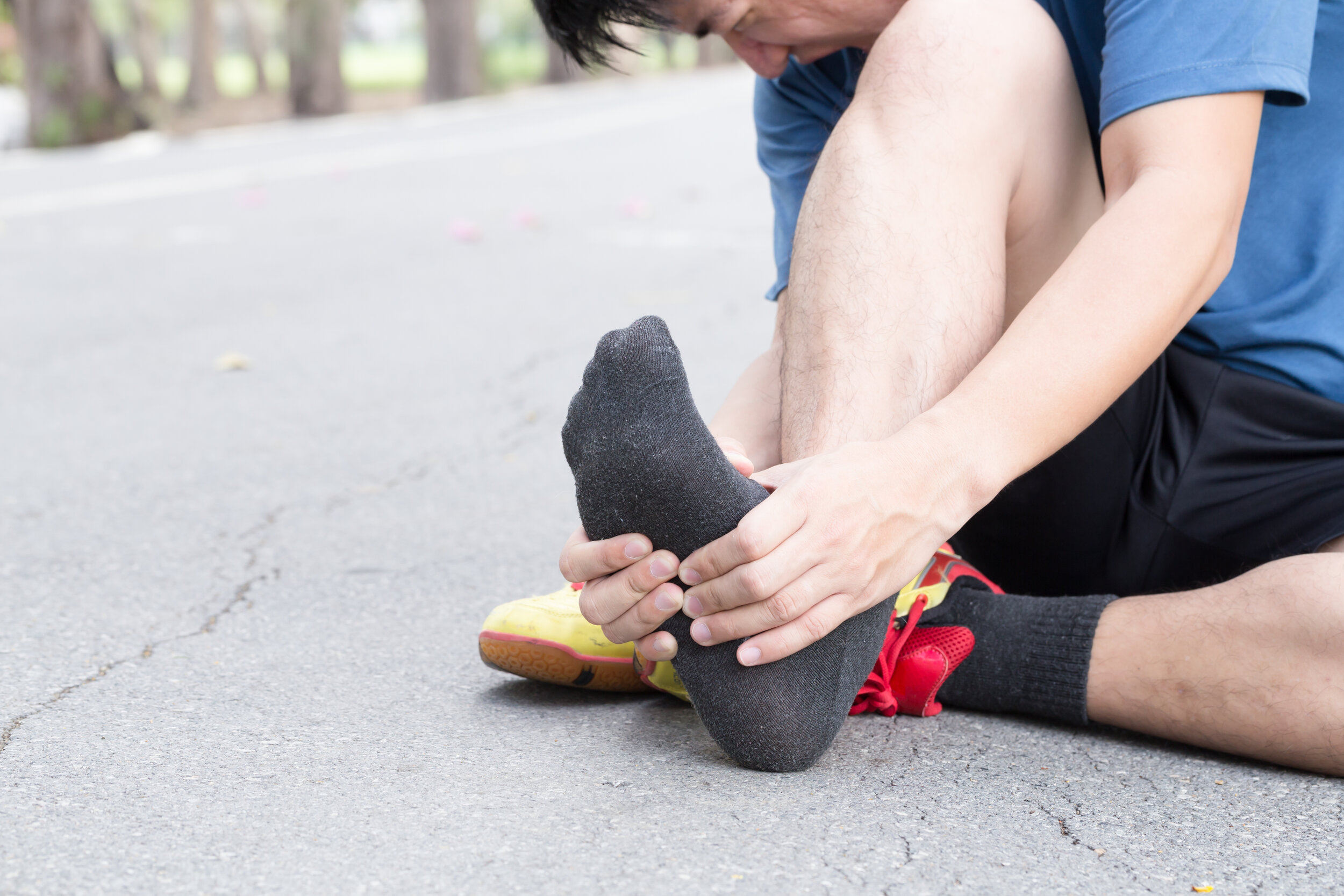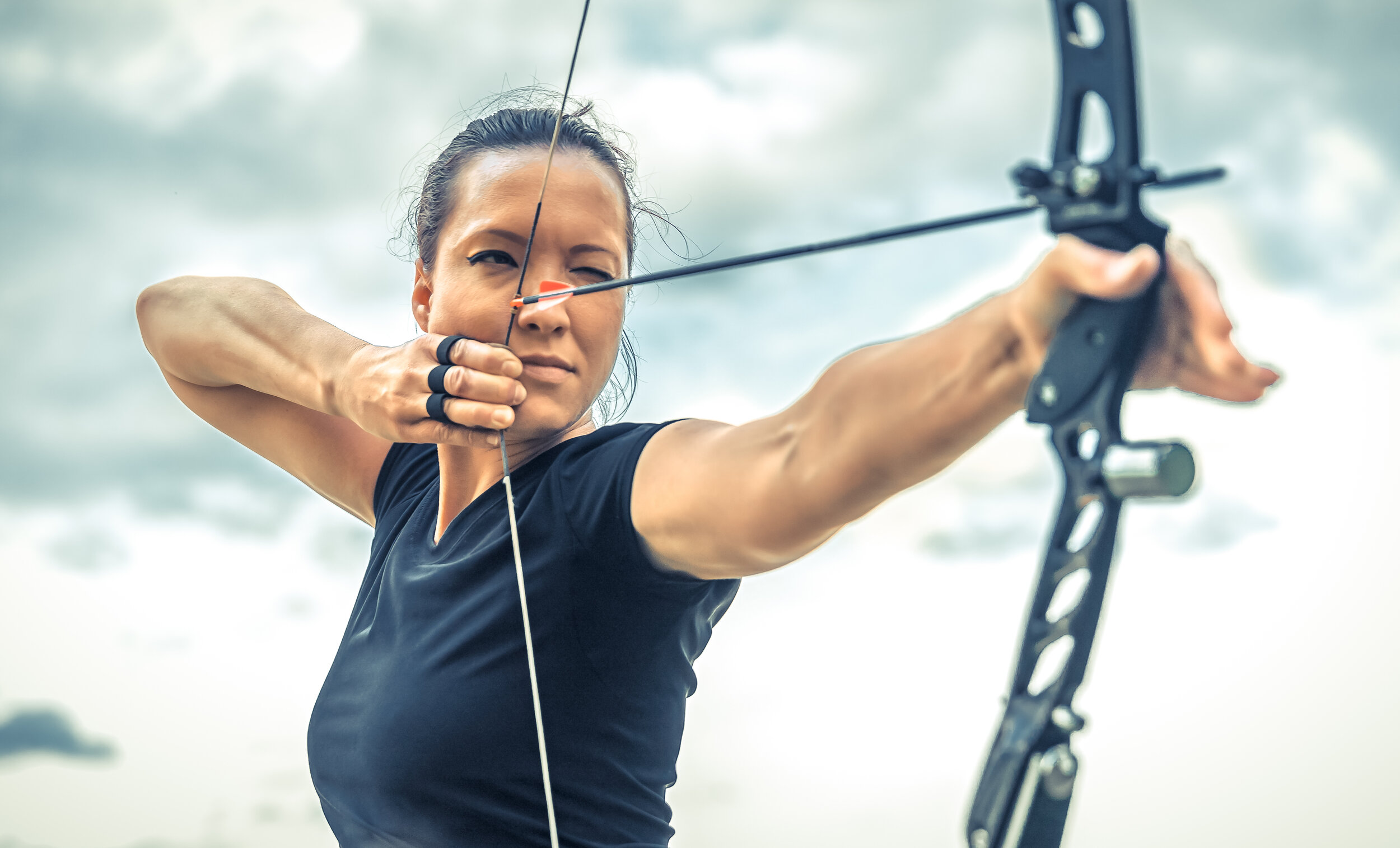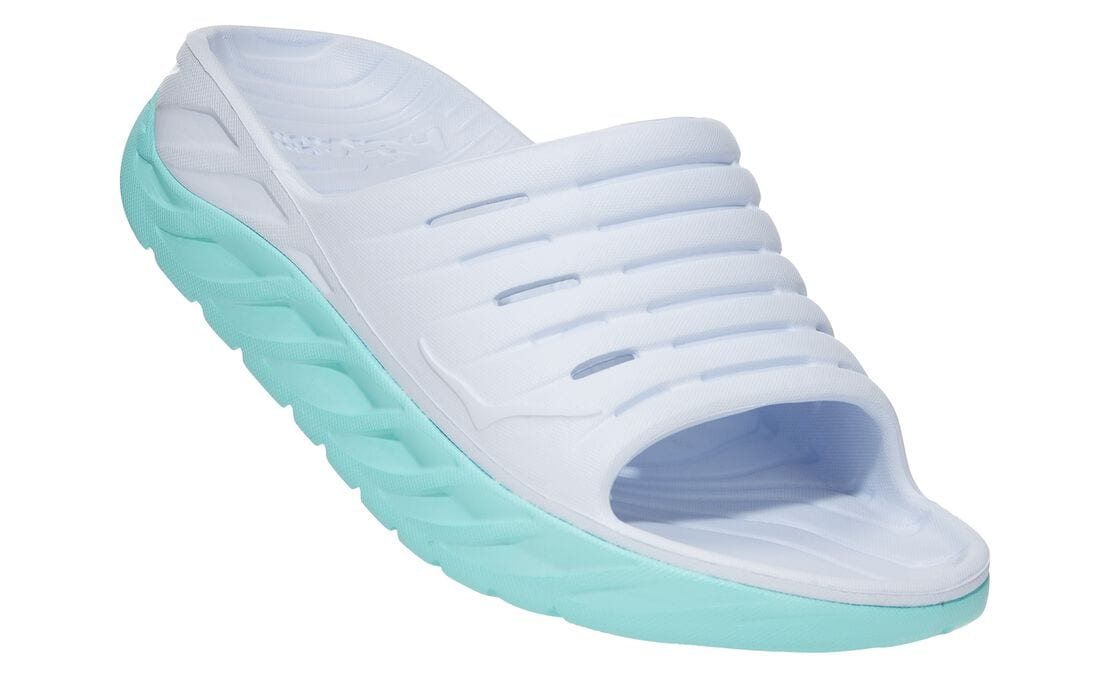If you have spoken to Nicole in the past year you have likely heard at least something about her recent bathroom renovation. Nicole is an experienced physiotherapist but she is brand new to the world of home renovations and it is safe to say there were some growing pains during the process (both mental and physical).
The renovation involved taking walls down, putting them back up, fixing a ceiling, waterproofing and then tiling a shower, installing a floor and much more. Through some trial and error, Nicole is here to share with you some of the techniques and insights she utilized along the way to decrease the strain on her body.
Nicole’s Top 11 Tips for Home Renovations
1. Share the load!
Whenever possible alternate which hand you are using for a task or use both hands at the same time. This is especially great for tasks that do not involve a lot of precision such as breaking old tile or taking down cabinets.
2. Use the equipment!
Wear knee pads if you are kneeling. Prolonged pressure on your knees can cause bursitis and it is no fun. Also remember that having the correct tools can literally make your life easier. Don’t saw by hand if you have power tools available. Use extender poles to help you reach high places. You get the idea.
3. Repetition is not your friend.
Repetitive wrist extension is one of the leading causes for tennis elbow and other tendinopathies. Unfortunately, many construction tasks involve a lot of repetition. When you are able, try to use whole arm movements and drive the movement from the shoulder or elbow rather than using little wrist flicks. This can make drywall mudding and taping, hammering, and painting a lot easier on your body (fun sidenote: sometimes wearing a wrist brace will increase your awareness of your wrist motions and help you maintain a neutral position, this could potentially help you avoid these issues altogether).
4. Avoid over-gripping equipment.
You don’t need a death grip on that paintbrush. Same goes for hand sanders, etc. Gripping too hard is another leading cause of tennis elbow and wrist/hand tendinopathies.
5. Decrease the load.
Don’t carry around unnecessary tools, equipment, or materials. This can be applied on big and small scales. If you are drywalling, put less mud into your container at any one time to decrease the strain on your wrist. Why hold a 10lb weight if you can hold a 2lb weight and refill it more often? On a bigger scale, if you have to transport materials from one spot to another, it is easier on your body to make more trips while carrying less load rather than a few trips with huge loads.
6. Be nice to your neck!
If working on a ceiling or something else overhead try not to look directly above yourself. Instead, look at the ceiling a few feet ahead of you and work in that spot (using your pole) to avoid straining your neck. Also make sure you don’t jut your chin out - the more you can keep your neck in a neutral position (no matter which direction you are looking) the better your neck will feel at the end of the day.
7. Beware of prolonged awkward positions.
Home improvements can have you twisting and turning into bizarre positions and sometimes you have to stay there for a long time.
Take breaks. It’s often tempting to “power through” but if you have been bending over for a long time stand up, arch your back backwards and give yourself a bit of a walk break.
If you have the ability to alternate between tasks that is also awesome as it challenges different muscle groups and gets you in different positions. You can hang a light fixture, which is tough on your neck and shoulders, but then to give that area a break maybe choose to install a door handle or take some time to tidy your work area before you hang the next light. The more you can distribute load between different body parts the better off you will be.
8. Proper lifting techniques are a must.
Follow these rules:
Prepare for the lift.
Keep the load as close to you as possible.
When in doubt it’s always better to get a second person to help you.
Treat lifting materials like a workout. If you were at the gym exercising with a personal trainer, how would they have you pick up that bag of cement? How would you carry those 4x4’s? How would you manage the overfull garbage bag of debris?
Try using an in athletic “ready position” stance instead of hunching to help your back out when working. This especially applies to tasks like mixing mortar. It’s so tempting to hold the bucket between your feet and hunch while you mix the materials but it that is a difficult position for your back to hold for several minutes. A split stance mini squat gives your body more stability and less strain.
9. Take the time to do it right.
Move your ladder more often to avoid overreaching which can strain your neck and shoulders, it could also help you prevent a fall.
10. Some tools have more than one use.
We often think to use an extender pole when painting a ceiling. You can just as easily use one to reach low areas as well to prevent excessive bending/stopping/crouching (like staining a deck or a fence).
11. Momentum can be your friend.
When you need to generate a lot of force to demolish something whenever possible use a “baseball swing” that uses your whole body. Your shoulders will thank you.
This list is by no means complete but if it saves one person from an unnecessary sore neck or shoulder, it’s worth it. If you are an industry professional we would love to hear your favourite body-saving tips and tricks - comment below!
To book an appointment with one of our physios, book online, email us or call us at
(778) 630-8800.








